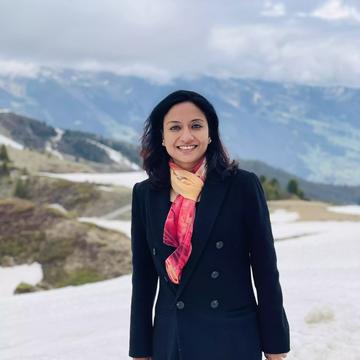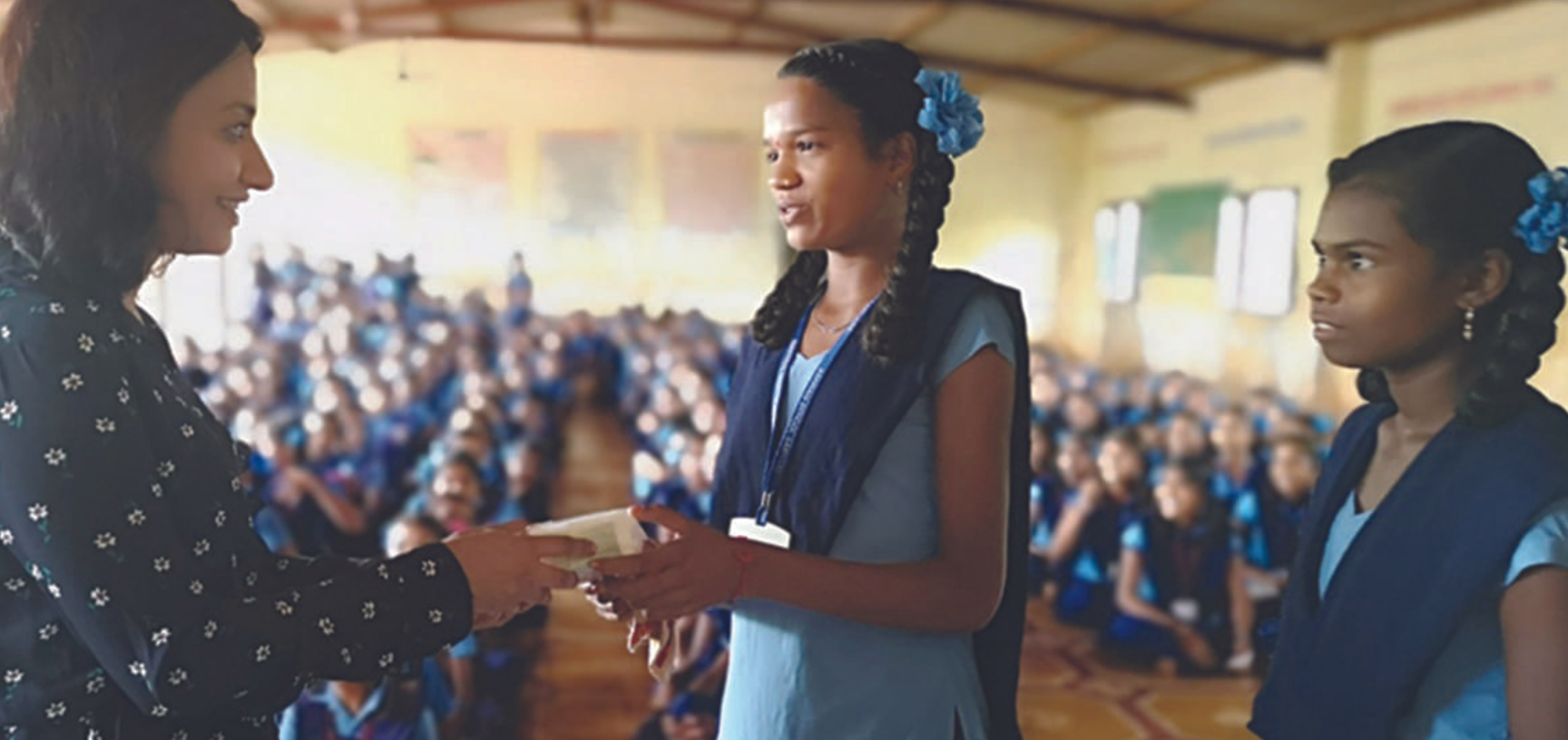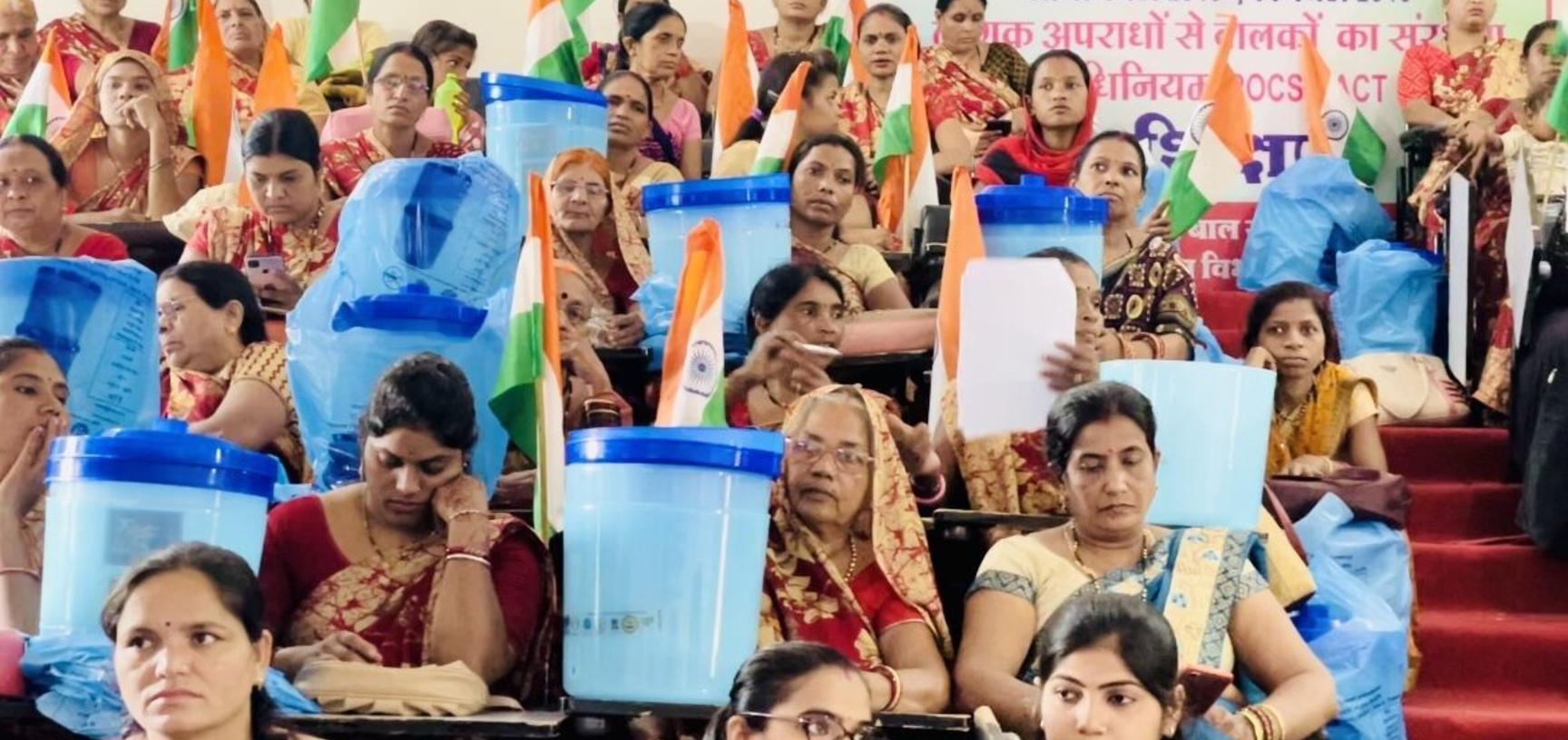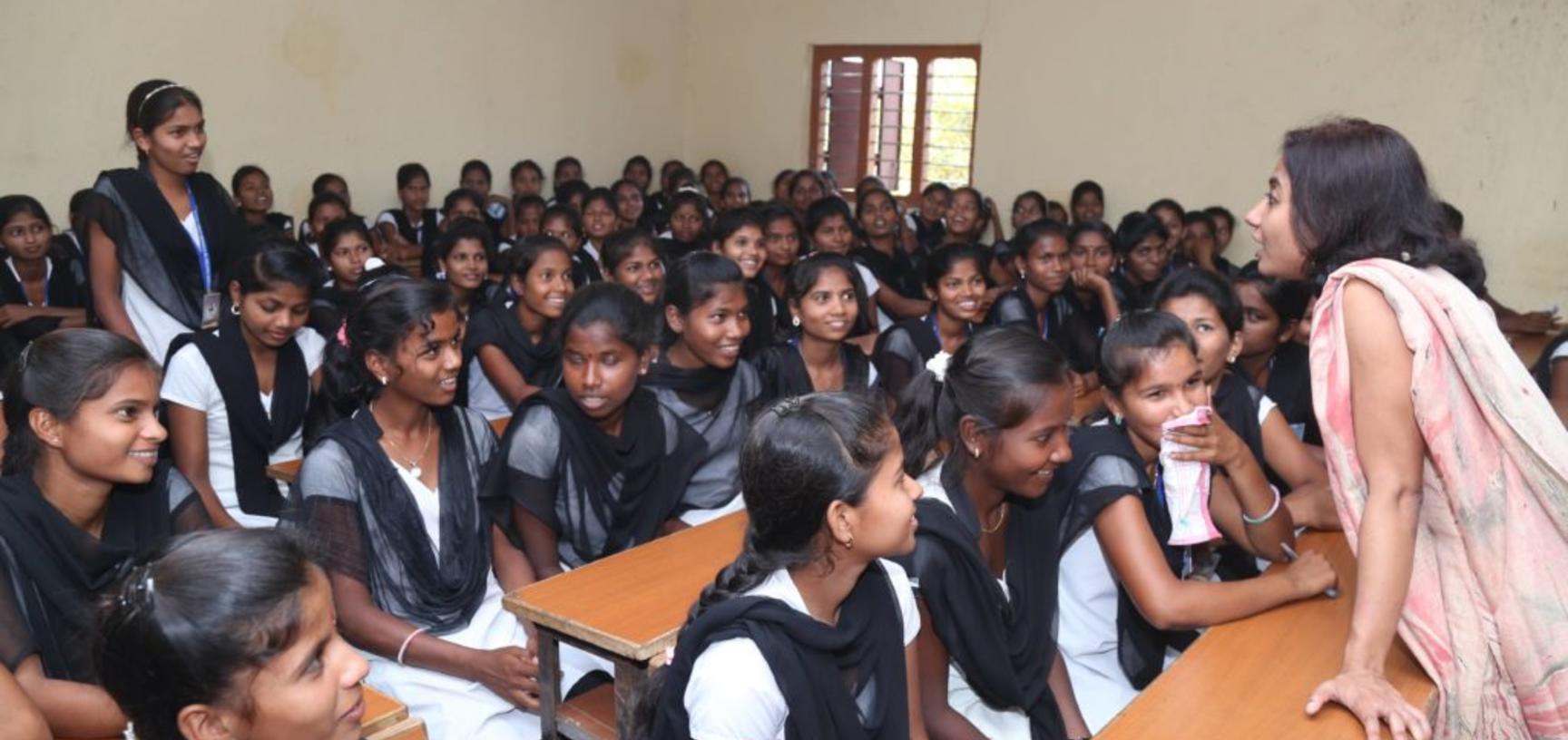Weaving SDGs: Electricity & Education in Rural India
Weaving SDGs: Electricity & Education in Rural India

Dr. Ruma Bhargava leads the Health Care Vertical of the India Centre of the World Economic Forum and is the founder of NGO, Samarpann, which has been recognised by the Indian Government for serving children across rural India. A Chevening fellow at the Department of International Relations, Oxford, she is also a Professor at Manipal University and a columnist at the Economic Times and the Daily Guardian. She holds an MBA, MPH and is a trained clinician.
Despite India’s status as the founder and leader of the International Solar Alliance, its energy systems are far behind where they need to be. The Indian public education system must apply a systems lens and review the overlapping benefits of sustainable energy and improved access to education.
India is the third largest producer and second largest consumer of electricity in the World , yet energy equity is still a distant dream. A report by the Parliamentary Standing Committee on Human Resource Development for 2020 -2021 reveals that the share of households in India with access to electricity rose from 44 percent in 2001 to 96 percent in 2020, yet only 56.45 percent of government schools have electricity.
This implies that almost half of the students in govt schools in India still read in the dark and don’t have access to digital or smart education. Additionally, children up to six years of age visiting anganwadis (child day care centres) find it difficult to concentrate in dark and hot rooms, subsequently missing classes and dropping out of school; adversely affecting early childhood development.
The Resolve for Change
Samarpann, a Mumbai-based non-profit organization, is working for the education and health of 21,000 children studying in the government schools of rural India. Along with my sister, Dr Megha Bhargava, we established Samarpann in 2016. Having both come from medical backgrounds and having both had experience in policy making arenas, we could clearly see the disconnect between words and action. We visited several schools in remote villages of Rajasthan, Uttarakhand, Madhya Pradesh, Maharashtra and Madhya Pradesh and learned more about the abysmal condition of educational spaces for young children – a lack of a robust school infrastructure, poor water sanitation and hygiene, no electricity and no access to academic essentials. We decided to form a comprehensive strategy to address each of these issues, and Samarpann got to work.
Lighting Rural India: The Impact on Students
One of Samarpann’s flagship programs, Solar Electrification, is bringing solar power in the non-electrified schools and anganwadis in rural India where, due to difficult terrain, the conventional power supply is less feasible , as it would incur a cost as high as Rs 2 lakh to get connection through the grid. Samarpann adopts a systems approach when collaborating with the state and district government, conducting a landscape analysis to calculate specific energy requirements for individual schools and anganawadis – establishing the number of rooms and number of fans and lights used in a school, the requirements needed for a water pump (which would help bore groundwater), and the number of day light hours achievable, especially during rainy seasons.
Taking each of these individual factors into account, a 150W/165W rooftop solar panel, which is charge controlled from an off-grid system with 40AH battery, has been installed in each anganwaadi, whereas each school now has a 1 KW off-grid panel with an inverter and battery installed on which two tube lights, one fan and one water pump can operate. The use of battery and charge converters also enables the equipment to run efficiently on lesser radiation during the evening during rainy weather.
Notably, after the installation of solar panels by Samaprann, there has been an increase in the attendance of students at schools and anganwadis.
To put it plainly, electricity access plays a significant role in improving learning outcomes at schools and anganwadis.. In addition to longer classroom hours, children can access smart classes, computers and the eLearning modules developed by the government. With the installation of water pumps, a very important aspect of WASH is addressed, as the pumps enable bore water to be stored for drinking, cooking, mid-day meals, and cleaning toilets.
Lighting Rural India: Wider System Benefits
“Teachers are understandably reluctant to work in deprived areas, which lack basic facilities such as electricity, good housing and health care.” - UNESCO
Better access to electricity inevitably leads to increased staff retention and better teacher training, which has a major impact on school performance – less truancy and absenteeism, and higher enrolment rates. Another notable impact of better WASH facilities is the reduction in water borne diseases, resulting in higher attendance, which positively impacts the completion of tests, and subsequent test scores.
The impact of solar electrification goes beyond education – in addition to cost savings for the exchequer, they begin to address SDG 13: Climate ActionEach Kw of rooftop solar panel installed, generates 1500 KwH of electricity annually and saves INR 12,000 annually on electricity bills. Consequently, this also results in a reduction of 31 tonnes of carbon emission – which is equivalent to planting 49 teak trees over the lifetime of the solar panel.
Despite India’s status as the founder and leader of the International Solar Alliance, its energy systems are far behind where they need to be. It is time for the Energy Education Accord to lead to an 'Education Energy Environment Accord' - developing a perfect synergy between government and civil society that can create sustainable solutions that bring about necessary systemic change.
Achieving the fourth SDG, “Inclusive, Equitable and Quality Education”, will not be possible by only erecting new schools. The Indian public education system must apply a systems lens and review the overlapping benefits of sustainable energy and improved access to education.
Sources
India Energy Outlook (2021): World Energy Outlook Special Report






